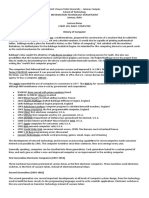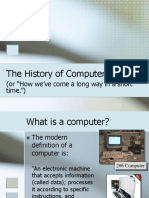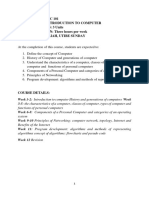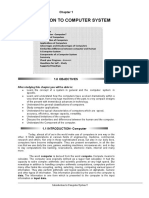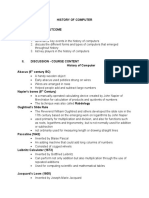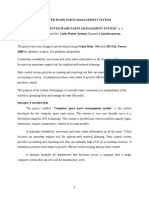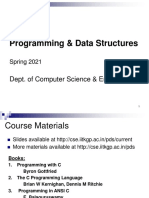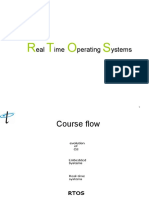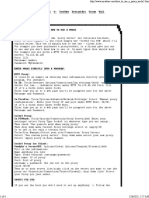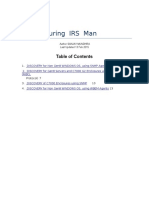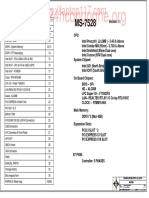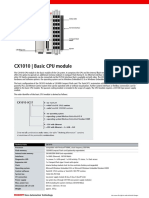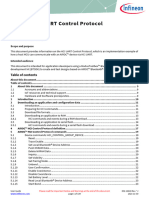0% found this document useful (0 votes)
31 views39 pagesW-1 Computer
The document outlines a course on computers, detailing its objectives, history, and components. It covers the evolution of computers from early devices like the Abacus to modern fifth-generation computers, highlighting significant developments and technologies in each generation. Additionally, it discusses the basic components of computer systems, including hardware, software, and various applications in different fields.
Uploaded by
Kumail RazaCopyright
© © All Rights Reserved
We take content rights seriously. If you suspect this is your content, claim it here.
Available Formats
Download as PDF, TXT or read online on Scribd
0% found this document useful (0 votes)
31 views39 pagesW-1 Computer
The document outlines a course on computers, detailing its objectives, history, and components. It covers the evolution of computers from early devices like the Abacus to modern fifth-generation computers, highlighting significant developments and technologies in each generation. Additionally, it discusses the basic components of computer systems, including hardware, software, and various applications in different fields.
Uploaded by
Kumail RazaCopyright
© © All Rights Reserved
We take content rights seriously. If you suspect this is your content, claim it here.
Available Formats
Download as PDF, TXT or read online on Scribd
/ 39



